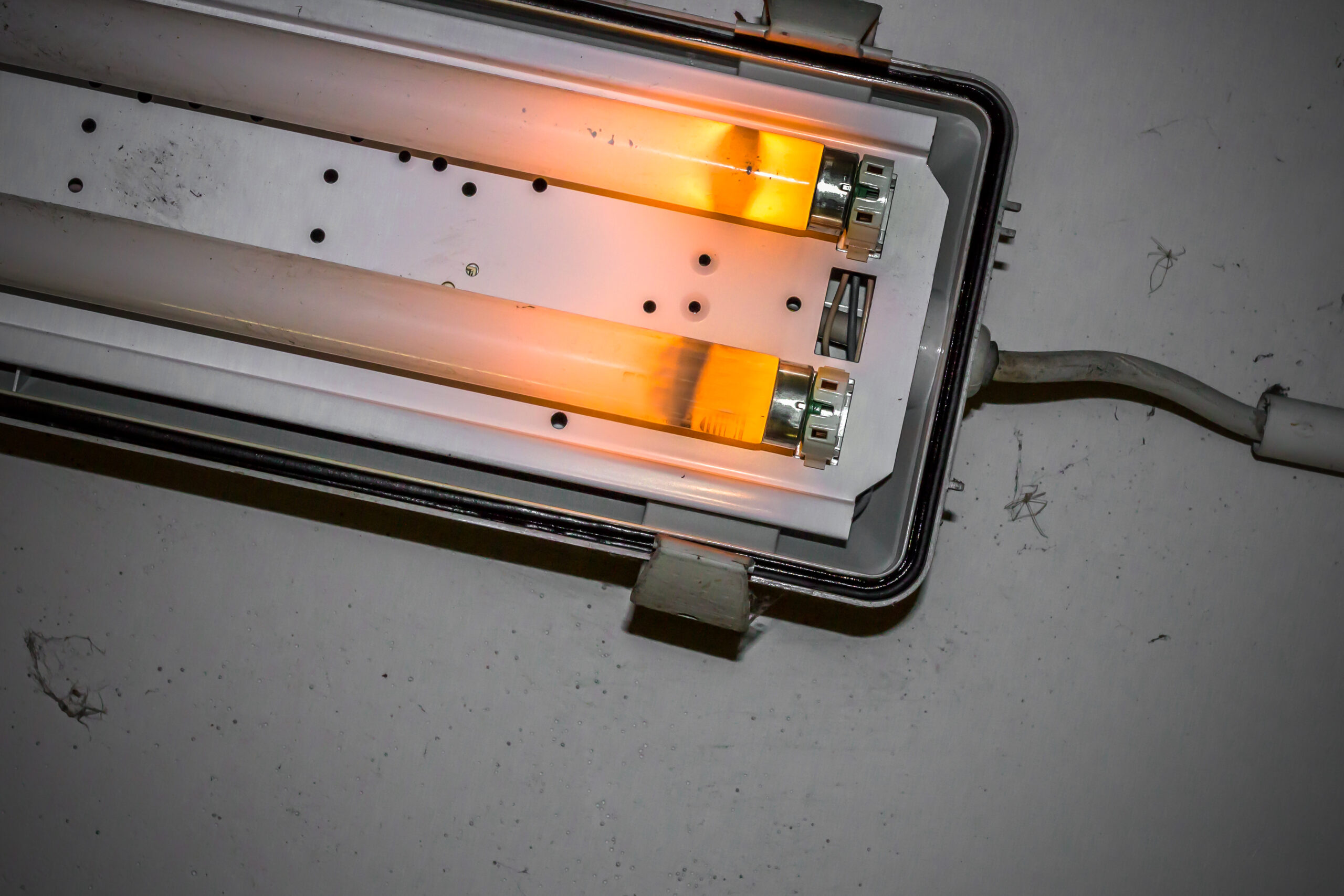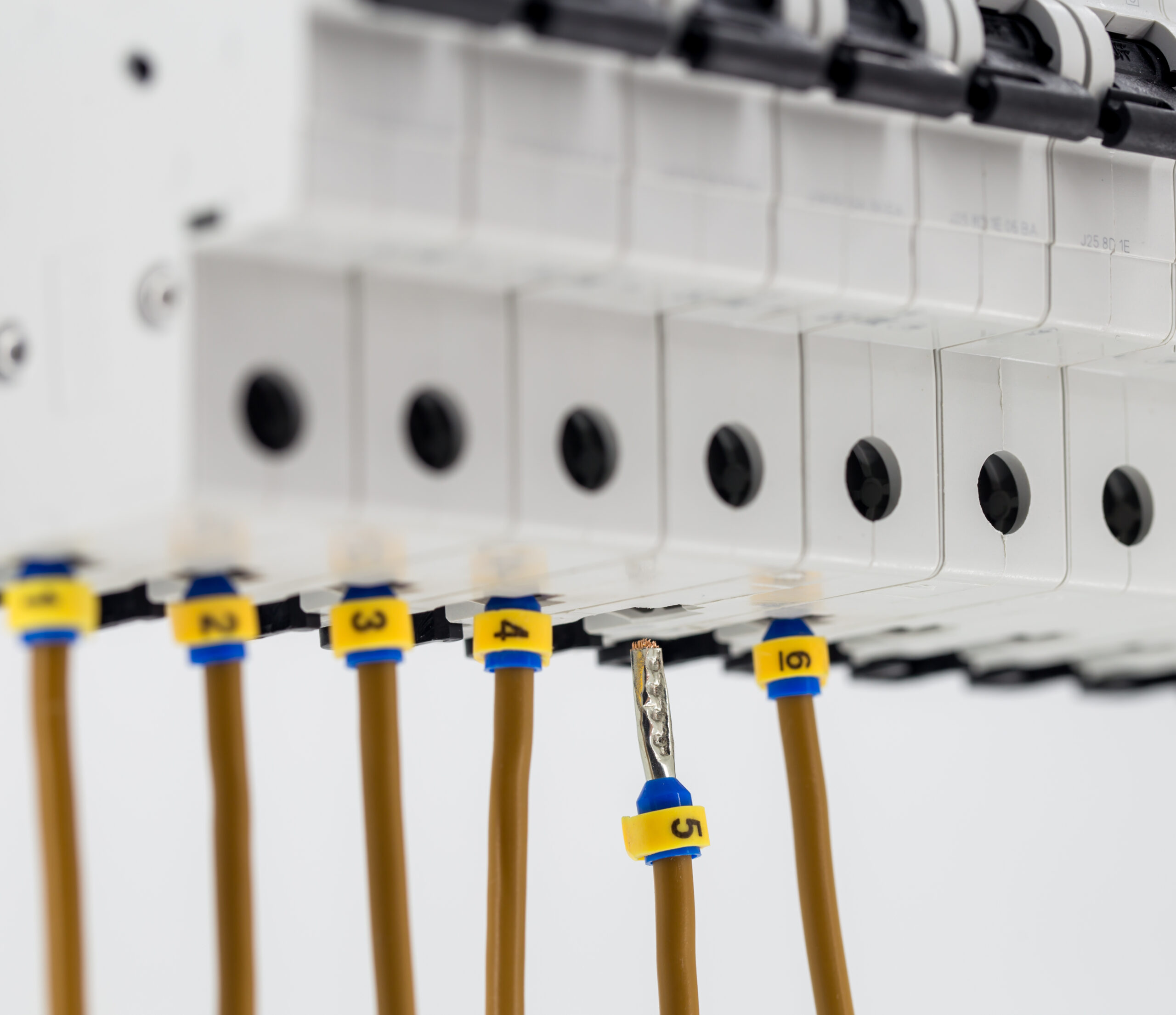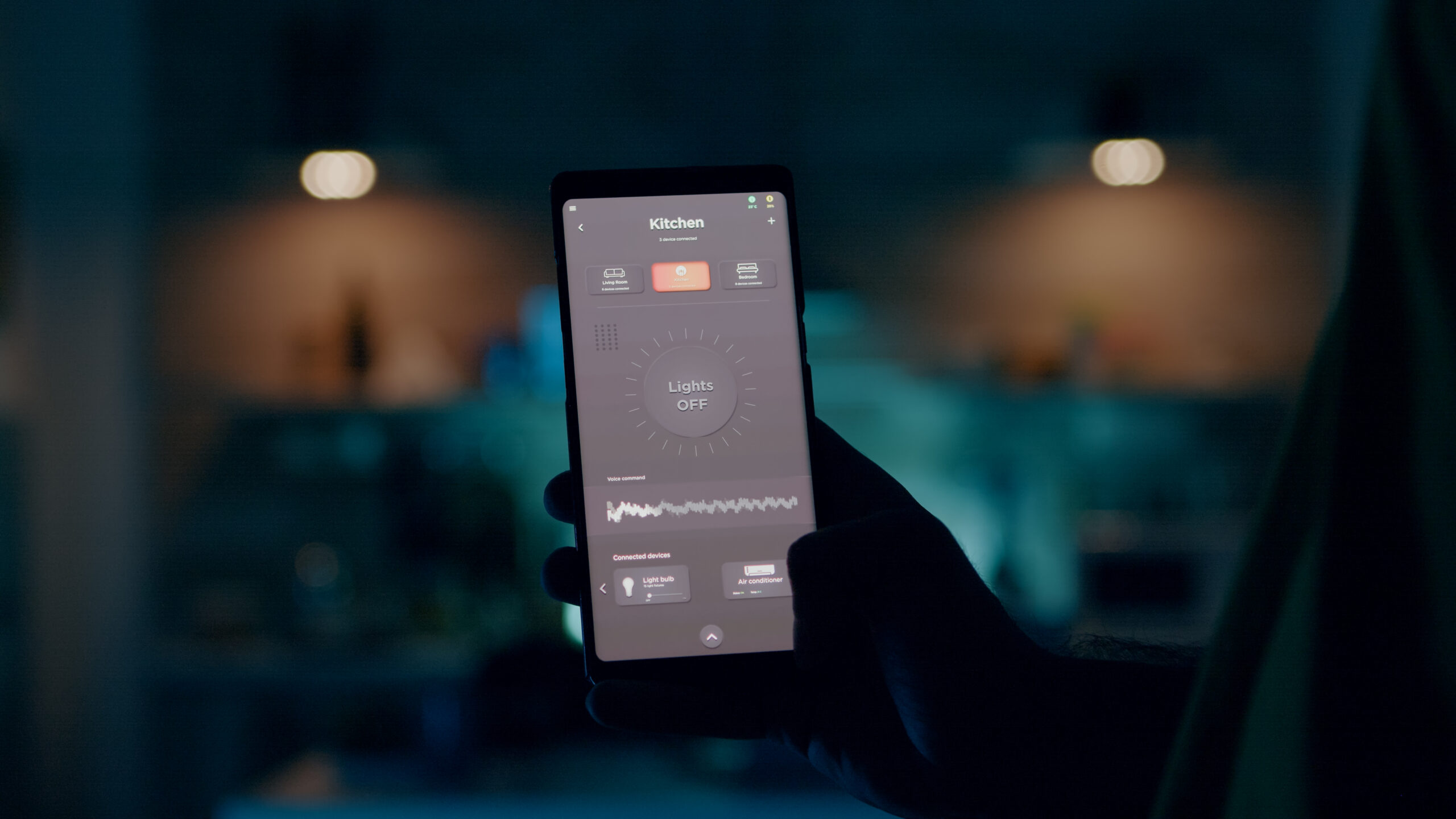Not long ago, a homeowner in Boca Raton called us after trying to install new recessed lighting in their kitchen. The lights flickered, one didn’t turn on at all, and there were scorch marks near a wire. What started as a DIY project quickly turned into a safety hazard. We had to step in, fix the wiring, and reinstall the entire system correctly.
Lighting installation may seem simple, but mistakes happen more often than people think. According to the U.S. Fire Administration, electrical malfunctions cause more than 24,000 residential fires each year. Many of these are linked to improper wiring and poorly installed fixtures.
If you’re planning to install or upgrade lighting in your home or business, it’s important to understand what can go wrong. Knowing the common mistakes in light installation will help you avoid problems, save money, and keep your space safe and well-lit.
Common Mistakes in Light Installation
Many lighting problems we encounter could have been prevented with proper installation practices. Below, we’ll break down the most common mistakes to watch for. Whether you’re a homeowner doing a quick upgrade or a business owner planning a full lighting project, knowing these pitfalls can make all the difference.
Using the Wrong Type of Bulb

Different fixtures require specific types of bulbs—based on wattage, base size, and even shape. Using a bulb that’s too powerful for the fixture can lead to overheating, which not only shortens the life of the bulb but can also damage the wiring. LED bulbs, for example, often require compatible fixtures and dimmers. Always read the label and match the specs.
Ignoring Load Capacity
Every electrical circuit has a maximum load it can handle. Adding too many light fixtures to one circuit can overload it, causing breakers to trip and wires to heat up over time. This is especially true in older homes where circuit capacity is limited. A licensed electrician can calculate the safe load and balance your lighting accordingly.
Skipping the Ground Wire
The ground wire protects you from electric shocks by providing a safe path for electricity to follow if something goes wrong. It’s a basic safety measure that should never be ignored. Skipping the ground wire or failing to connect it properly puts you and your home at risk. Always ensure the ground connection is secure and meets code.
Installing Fixtures Without Support
Ceiling fixtures and heavy lights need to be mounted to a proper support box. Drywall alone isn’t enough. Without proper anchoring, the fixture could come loose or even fall, especially in high-use areas like kitchens or offices. Using a support brace rated for the fixture’s weight is key.
Poor Wire Connections

Loose or improperly connected wires are one of the leading causes of electrical fires. Every wire junction should be twisted tightly and secured with a wire nut. Additionally, connections should be enclosed in a junction box to prevent accidental contact or arcing. Never tape wires together or leave exposed metal.
Not Following Local Electrical Codes
Electrical codes vary by city and are designed to keep installations safe and functional. In Boca Raton, this includes specific rules for wiring methods, fixture types, and inspection requirements. Failing to follow these codes could lead to failed inspections, fines, or insurance issues if something goes wrong. A licensed electrician is trained to stay up-to-date on all code requirements.
Overlooking Dimmers and Controls
Not all light fixtures and bulbs are compatible with dimmer switches. Using the wrong combination can lead to flickering, buzzing, or shortened bulb life. Modern LED lights often need special dimmers rated for low-voltage or smart systems. Always check compatibility when planning to install dimmers.
Improper Placement of Fixtures
Good lighting design is about both function and style. Placing a ceiling fixture too close to a cabinet, too high on a wall, or unevenly across a space can affect how the room feels and operates. Recessed lights that are too far apart can cause shadows, while placing lights in walkways without proper clearance can be a hazard.
Why Professional Installation Matters
While some lighting projects seem simple, hiring a licensed electrician brings experience, code knowledge, and peace of mind to the table. Professionals don’t just wire fixtures—they assess your system’s capacity, verify connections, and ensure your lighting is both safe and effective.
Beyond safety, professional installation helps protect your investment. If a fixture is installed incorrectly, it could fail early, cause damage, or require removal. That’s more time and money. With expert help, the job is done right the first time.
Professionals also bring design insight. They can suggest fixture placement, recommend energy-efficient upgrades, and help you choose lighting controls that improve both comfort and savings. For commercial clients, this means passing inspections and maintaining a polished, professional environment.
Tips for Better Light Installation Results

Even if you’re not doing the installation yourself, knowing what to consider can help you plan a better lighting project. Here are some practical tips that make a difference in how your space looks and functions:
- Design with purpose.Think about how each room is used. Kitchens and bathrooms need bright task lighting, while bedrooms benefit from soft, ambient light.
- Choose energy-efficient options.LED fixtures last longer, save on power, and are available in a range of colors and brightness levels.
- Use dimmers and smart controls.These offer flexibility and help save energy by reducing light output when full brightness isn’t needed.
- Install lighting at the right height.Overhead lights should be centered and provide even coverage. Wall sconces should be positioned to reduce glare.
- Get a permit when required.Permits ensure the work is inspected and meets code—protecting your home and your family.
Planning ahead and consulting with a pro makes your project smoother, safer, and more cost-effective in the long run.
FAQs About Light Installation
Do I need a permit to install new lighting fixtures in my home?
Yes, in most areas including Boca Raton, permits are required for new electrical work to ensure safety and code compliance.
How do I know if my electrical panel can handle new lighting?
An electrician can assess your panel’s capacity and determine if it can support additional fixtures or if upgrades are needed.
Are smart light switches compatible with all types of bulbs?
Not always—some smart switches only work with specific bulb types like dimmable LEDs or incandescent bulbs.
What’s the difference between line voltage and low voltage lighting?
Line voltage runs on standard 120V power, while low voltage uses a transformer to reduce power, often for landscape or under-cabinet lighting.
How Can Boca Electrical Service Help You
At Boca Electrical Service, we’ve helped hundreds of homeowners and businesses avoid costly mistakes in light installation. Whether you’re upgrading a single room or planning a full remodel, our licensed electricians ensure everything is done right—from wiring to placement.
We provide:
- Residential and commercial light installation
- Indoor, outdoor, and landscape lighting solutions
- Recessed lighting, ceiling fans, and chandeliers
- Code-compliant wiring and breaker upgrades
- Safe removal of outdated or damaged fixtures
Our electricians are fully licensed, insured, and local to Boca Raton. We show up on time, communicate clearly, and stand behind every job. Whether you need help with one light or a full-house upgrade, we’re here to make the process easy.
Call us at (561) 320-8539or stop by our office at 123 NW 13th St suite 214-09, Boca Raton, FL 33432to get a free estimate or schedule service. Let’s light up your space—the right way.